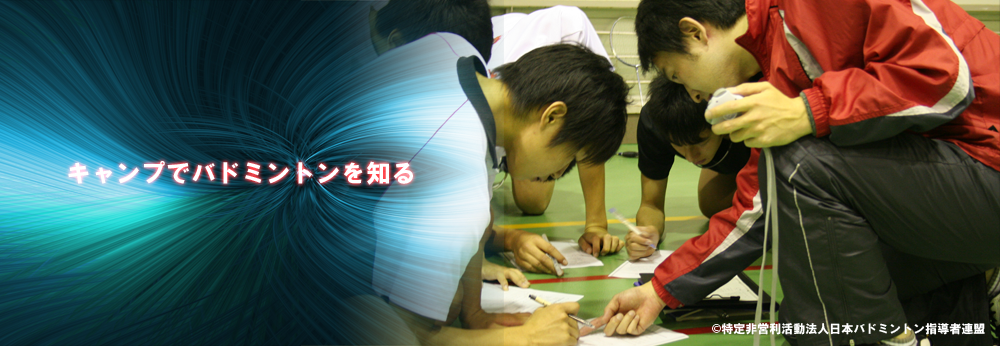ホーム › フォーラム › バドミントン・コミュニティー › Water polo
このトピックには0件の返信が含まれ、1人の投稿者がいます。3 年、 10 ヶ月前に yqgdemetra さんが最後の更新を行いました。
-
投稿者投稿
-
yqgdemetra<br><br>Water polo (English Water polo) is a sports team game that is held in water. The game can take place both in natural reservoirs and in pools. At the same time, two teams participate in the game, the task of which is to score as many goals as possible into the opponent’s goal during the game.<br>Play field<br>For the games of men’s teams, the distance between the end lines should be 30 m, the width of the field is 20 m. For the games of the women’s teams, the distance between the end lines should be 25 m, the width of the field is 17 m. The boundaries of the playing field (end lines) should be at a distance of 0.30 m behind the goal lines.<br><br>On both sides of the playing field, gates are installed. The gate consists of two posts and a rectangular crossbar 0.075 m thick, facing the playing field and painted white. They must be installed strictly in the middle of the goal line and at a distance of at least 0.30 m from the boundaries of the playing field. The distance between the goal posts should be 3 m.If the pool depth is 1.8 m or more, as required by the rules of the game, then the lower edge of the crossbar should be 0.90 m above the water surface (when playing amateur and professional teams in pools , in which there is a deep and shallow part, the rules provide for the installation of the gate at a depth of 1.5 m or less in such a way that the crossbar is at least 2.4 m from the bottom of the pool).<br><br>The minimum water temperature for the game is 16 ° C.<br>Ball<br>The ball must be round and have an air chamber with a closable nipple. The ball must be free of external debris, waterproof and free from grease or similar substance.<br><br>The weight of the ball should be between 400 and 450 grams. For men’s games, the length of the ball in circumference must be at least 0.68 m, but not more than 0.71 m, and the pressure inside it must be in the range of 90-97 kPa (13-15 psi pressure), and for games among women’s teams, the length of the ball in circumference must be at least 0.65 m, but not more than 0.67 m, and the inside it must be in the range of 83-93 kPa (12-13 psi atm. pressure ).<br>Beanie<br>One of the most recognizable attributes of the game is the beanie with ear protectors, which protect the players’ ears from the powerful impact of the ball. One of the must wear white hats and the other must wear hats of a contrasting color, different from the color of the ball, but not bright red and approved by the referee. Most often they play in white and blue hats. Goalkeepers must wear red hats. Hats must be fastened under the chin and worn over the heads of the players during the entire game. The ear protectors must be the same color as the team caps. Each side of the caps must be marked with numbers with a digit height of 0.10 m. For international matches, the caps must bear the three-letter country abbreviation on the front, and a national flag must also be applied. The height of the letters of the country abbreviation must be 0.04 m.<br>The essence of the game<br>Water polo is a very tough contact game. At the same time, two teams play against each other on the field. Each team must consist of seven players, one of whom must be a goalkeeper wearing a goalkeeper cap and no more than six reserve players who may be used as substitutes. The game is characterized by frequent substitutions of players on the field with substitutes.<br><br>The game consists of four periods. The duration of each period is 8 minutes of net time. Timing starts at the beginning of each period when a player touches the ball. For all signals to stop the game, the control stopwatch must be stopped before the ball is in play. The stopwatch must be when the ball is lifted from the thrower or when the ball touches the ball during the .<br><br>Each team has 30 seconds to complete the attack. After 30 seconds, the ball goes to the opponent. Each team may take two one-minute time-outs in regular time and one time-out in overtime. Time-out can only be taken by the team in possession of the ball.<br><br>The basic principle of the game is that players (with the exception of the goalkeeper) cannot touch the ball with both hands. The players are in possession of the ball with one hand. Players can pass the ball to their teammates or swim while dribbling the ball in front of them.<br><br>The goal of the game for each team is, acting according to tactical schemes, to throw the maximum number of balls into the opponent’s goal. All actions of players to take the ball away from an opponent, the degree of severity of violations, sending off players and all other game moments are fully regulated by the rules of water polo.<br>Rules of the game<br>It is not allowed to attack a player not in possession of the ball. Also, the rules prohibit drowning the ball under water – this leads to the transfer of the ball to the opponent. It is forbidden to drown, drag and hold a player not in possession of the ball – this is considered a gross mistake. Having made a gross mistake, the player is removed from the water for 20 seconds. or until the end of the opponent’s attack time. After the expiry of the penalty time, the player can return to the game. A minor mistake is punished with a free throw, that is, a throw that can be directed directly into the opponent’s goal if the violation occurred behind the five-meter playing line, or played by re-passing. Five-meter free throws or free throws from outside the five-meter line must be taken immediately without delay. The player with „3 penalties” is sent off for the rest of the game with the right to substitute and sit on the bench with his hat untied. At the discretion of the referees, a mutual removal of players is possible. A pass given to partners is usually in the air – the ball does not touch the water. Sometimes a pass is passed with a rebound from the water specifically to the player who is closest to the goal, so that he can jump out of the water and throw the ball into the goal.<br><br>Water polo requires excellent physical fitness and high coordination from players.<br>Story<br>Water polo was invented in the second half of the 19th century in Great Britain by William Wilson. The prototype of the game was rugby. Early versions of the game allowed the use of force in the fight for the ball, keeping the opponent under water to get hold of the ball. The goalkeeper was out of bounds and tried to prevent the opponent from putting the ball on the dock. The game took on its modern form in the 1880s.<br><br>Water polo is played in many countries around the world. The game is especially popular in Hungary and the former Yugoslavia.<br><br>Water polo is one of the oldest Olympic sports. It was first included in the program of the Olympic Games in 1900. Women’s water polo entered the Olympic program in 2000 following political protests by the Australian women’s team. In men’s water polo, the famous Hungarian Dezho Gyarmati won five Olympic medals (gold in 1952, 1956, 1964; silver in 1948; bronze in 1960), setting a still unbeaten record. The first Soviet water polo player to enter the Aquatics Hall of Fame (located in the American city of Fort Lauderdale near Miami) was Alexei Barkalov, followed by Alexander Kabanov, Alexander Dolgushin and Yevgeny Sharonov.<br><br>The World Water Polo Championship for men has been held since 1973, for women since 1986. At the past 14 men’s world championships, prizes were awarded only to the European teams (6 different teams became champions). At the women’s championships, Europeans do not have such an advantage – American, Australian, Canadian women compete successfully; in 2011, Chinese women won awards for the first time.<br>
-
投稿者投稿






